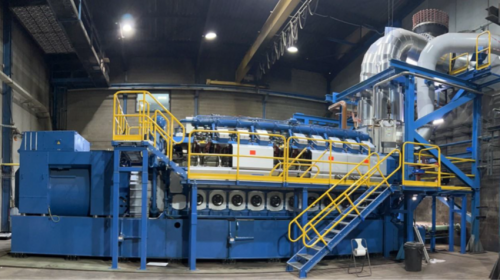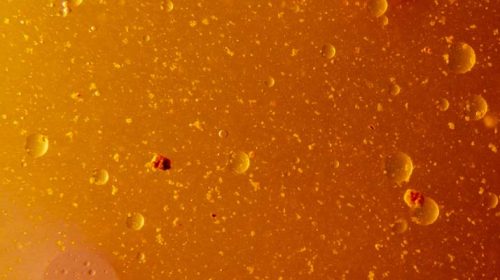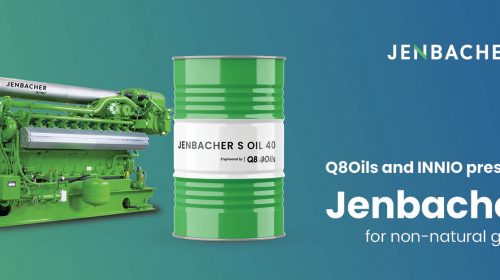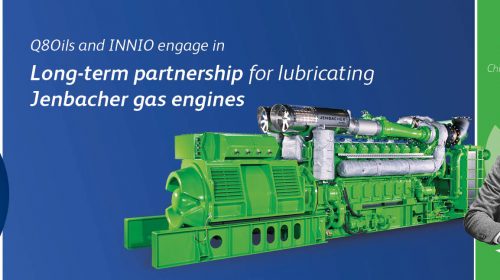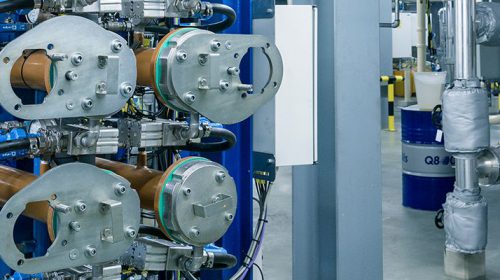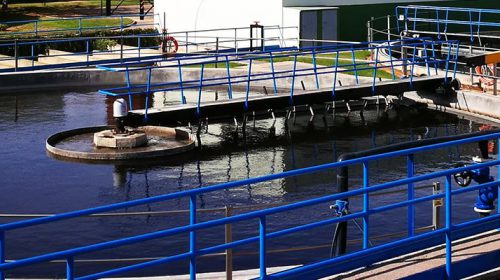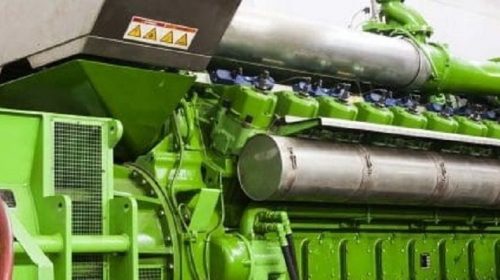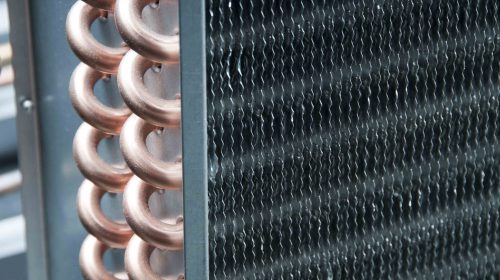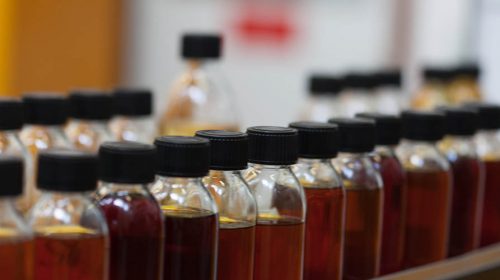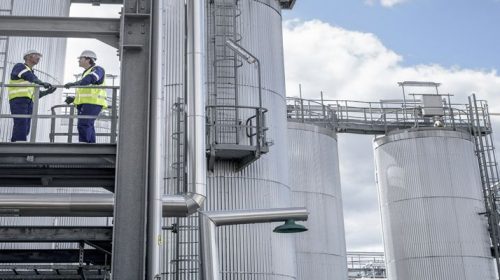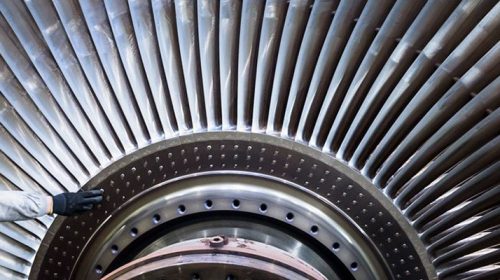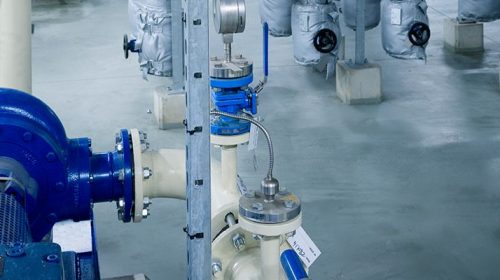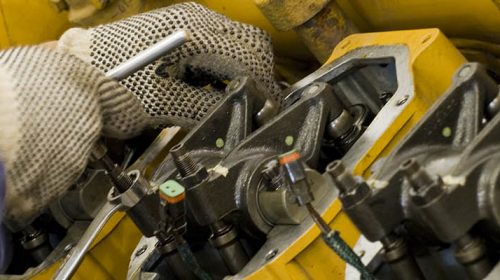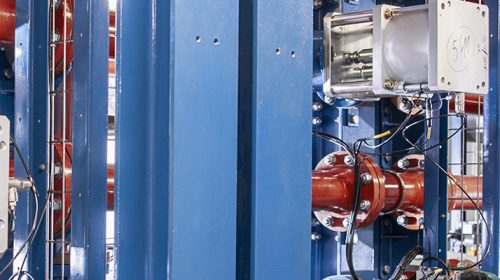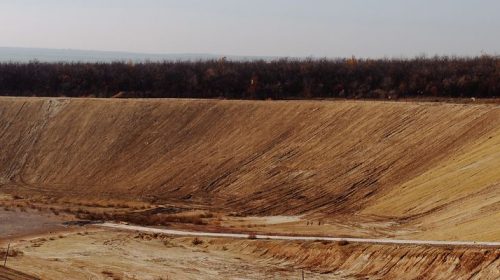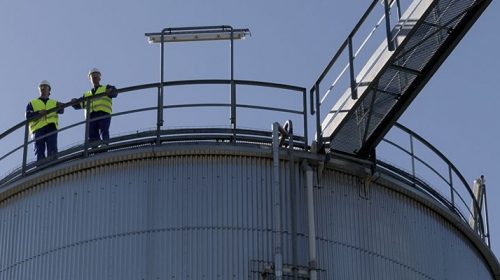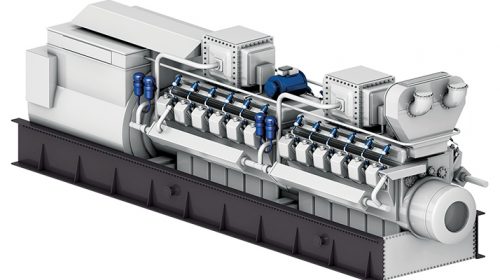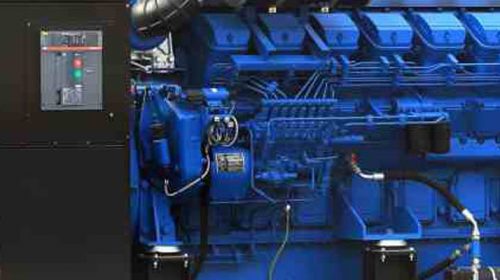The viscosity of a lubricant has a big influence on the performance and long-life of your machinery. By selecting a lubricant with an appropriate viscosity index for your application, you can minimize downtime and maintenance costs.
The viscosity of a lubricant is actually its resistance to flow and shear. It is affected by several, such as contamination with water, particles or other lubricants, but also oil ageing can affect viscosity.
The two common types of viscosity are kinematic viscosity and dynamic viscosity. Dynamic (or absolute) viscosity gives information about the force needed to make the lubricant flow, while kinematic viscosity tells how fast the lubricant flows when force is applied. The unit for dynamic viscosity is millipascal seconds (mPa·s) or the equivalent centipoise (cP), while the unit for kinematic viscosity is square millimeter per second (mm²/s) or the equivalent centistokes (cSt).
What is the viscosity index (VI) of a lubricant?
The viscosity of a lubricant is influenced by temperature: the higher the temperature, the lower the viscosity. The formulation and quality of the lubricant determines how much the viscosity will decrease with increasing temperature.
The viscosity index (VI) of a lubricant is the rate of the viscosity change due to a temperature change. To know if a lubricant meets the asset’s requirements based on the operating temperature range, you must understand the VI.
How is the viscosity index of a lubricant determined?
The viscosity index of a lubricant is determined by measuring the kinematic viscosity at 40°C and 100°C. These measurements are then compared to the results of two reference oils.
A traditional mineral oil has a viscosity index between 95 to 100. The VI of a highly refined mineral oil (hydrotreated) can be up to 120. Hydrocracked base oil will have a VI greater than 120, while synthetics may have a higher VI.
Viscosity index diagram
In the diagram below you see how the viscosity (vertical axis) of two different lubricants changes in relation to the temperature (horizontal axis). The slope of the lubricant with a high VI is more horizontal: the viscosity remains more stable across a wider temperature range.
This means a lubricant with a higher viscosity index is more desirable, because it provides a more stable lubricating film over a wider temperature range.
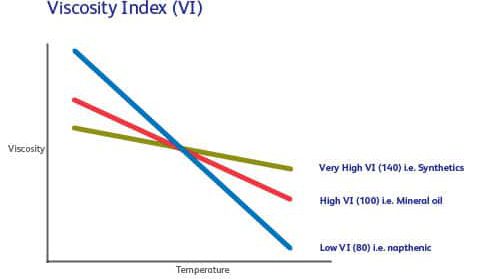
The risks of lubricants with low VI
Lubricants with a lower viscosity index might have the appropriate viscosity at a certain temperature, but their viscosity can decrease drastically when temperature is rising. This can lead to an increased mechanical friction and wear due to film loss.
At lower temperatures a lubricant with low VI might have a viscosity that is too high, resulting in low oil flow, oil starvation and dry start-ups.
Always check the VI of a lubricant
To improve the viscosity index, manufacturers can enhance a lubricant with certain additives. This way a lubricant can be formulated to meet the original equipment manufacturer’s specifications.
We always recommend to check the equipment manufacturer’s specifications when selecting a lubricant for your application. You must take into account the climate and operating conditions of your machinery.
By selecting the appropriate lubricant with an accurate VI, your machinery will perform better and live longer.
Q8Oils offers lubricants with high VI
A few examples of high VI products within the Q8Oils product range are:
The Q8 Handel hydraulic oil series is suitable for a wide range of temperatures and applications. Thanks to its very high viscosity index of >180, this hydraulic oil has exceptional flow properties. The high oxidation stability assures an extended drain interval and lubricant life.
The Q8 Volta synthetic turbine oil series is developed for use in steam and gas turbines (and combined cycle applications). Due to the outstanding oxidative and thermal stability Q8 Volta is specifically suitable for extreme operating conditions and high-temperature gas turbine operations. With a viscosity index of >130 the viscosity remains stable over a wide range of temperatures.





